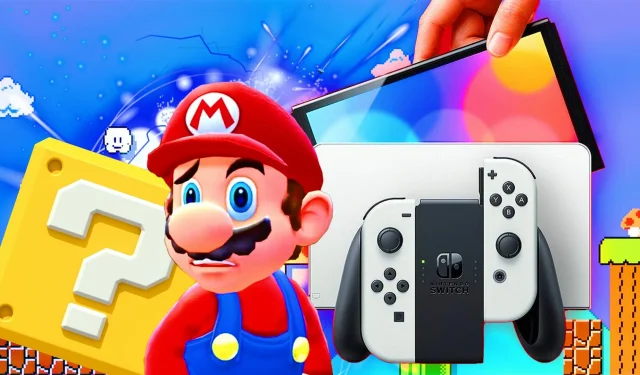
Nintendo has consistently delivered an impressive lineup of mainline and spin-off Mario titles during the Switch era, captivating fans of the iconic franchise. From reimagined classics to innovative new adventures, the past eight years have seen Mario enthusiasts thoroughly entertained. However, while these games have received rave reviews, there remains a critical aspect that continues to hinder the franchise’s evolution.
It is crucial to acknowledge that several Mario titles are among the best games available on the Nintendo Switch, and the accolades they’ve garnered are well-deserved. Nonetheless, it may be time for the primary Mario series to reconsider its current design philosophy to revitalize the franchise and broaden its appeal.
The Need for Greater Challenge in Mario Games
A Decline in Difficulty
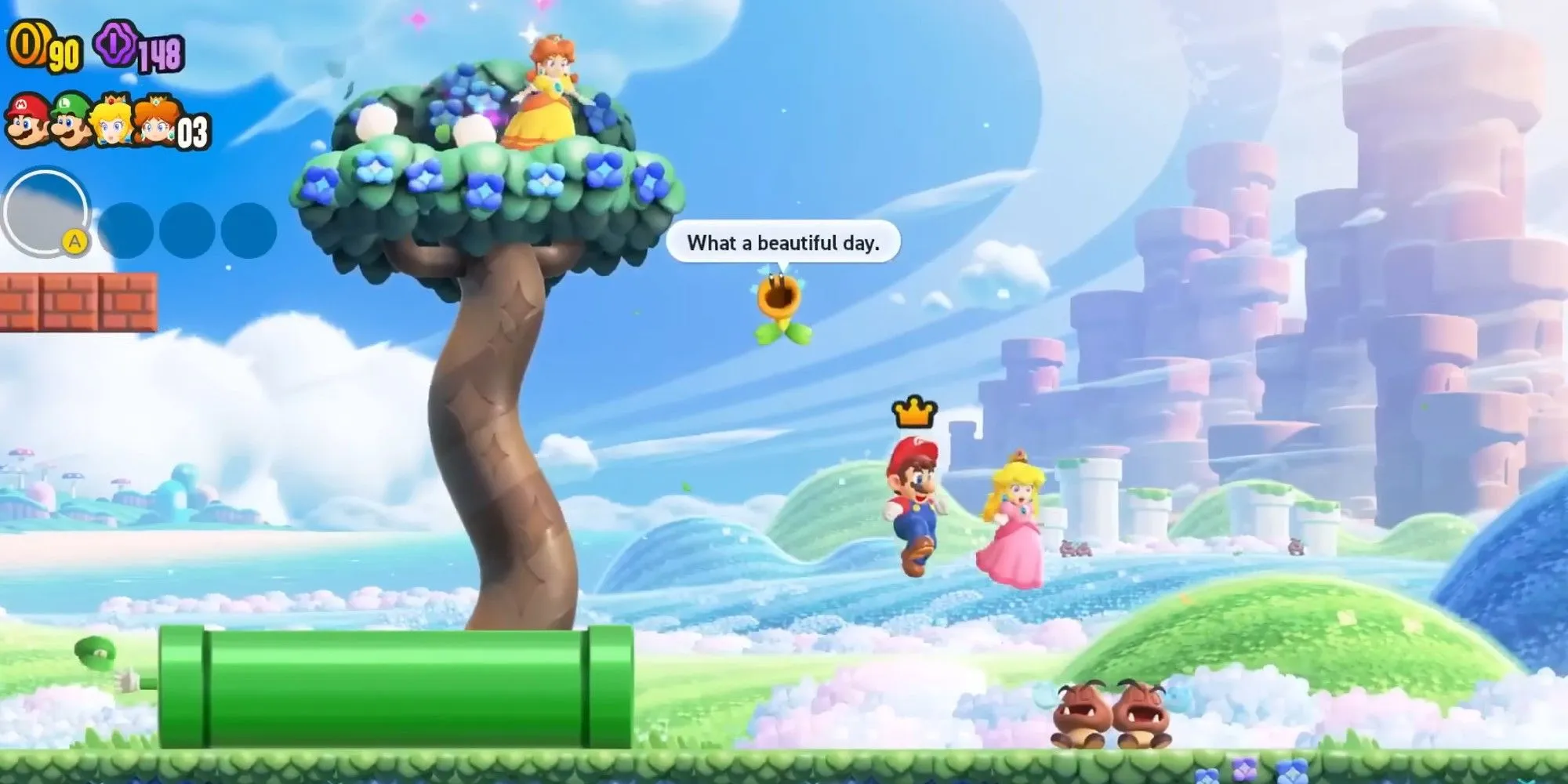
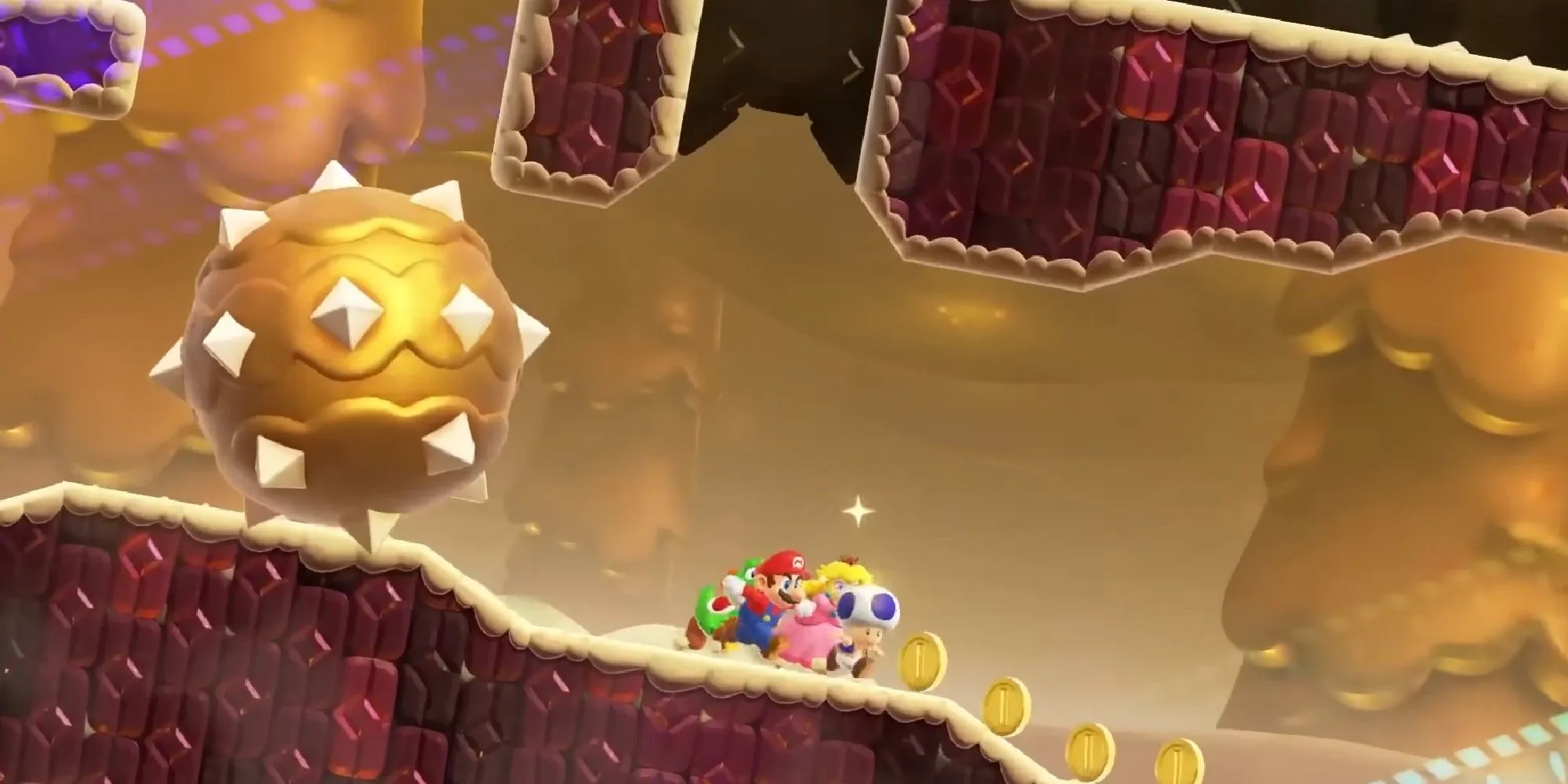
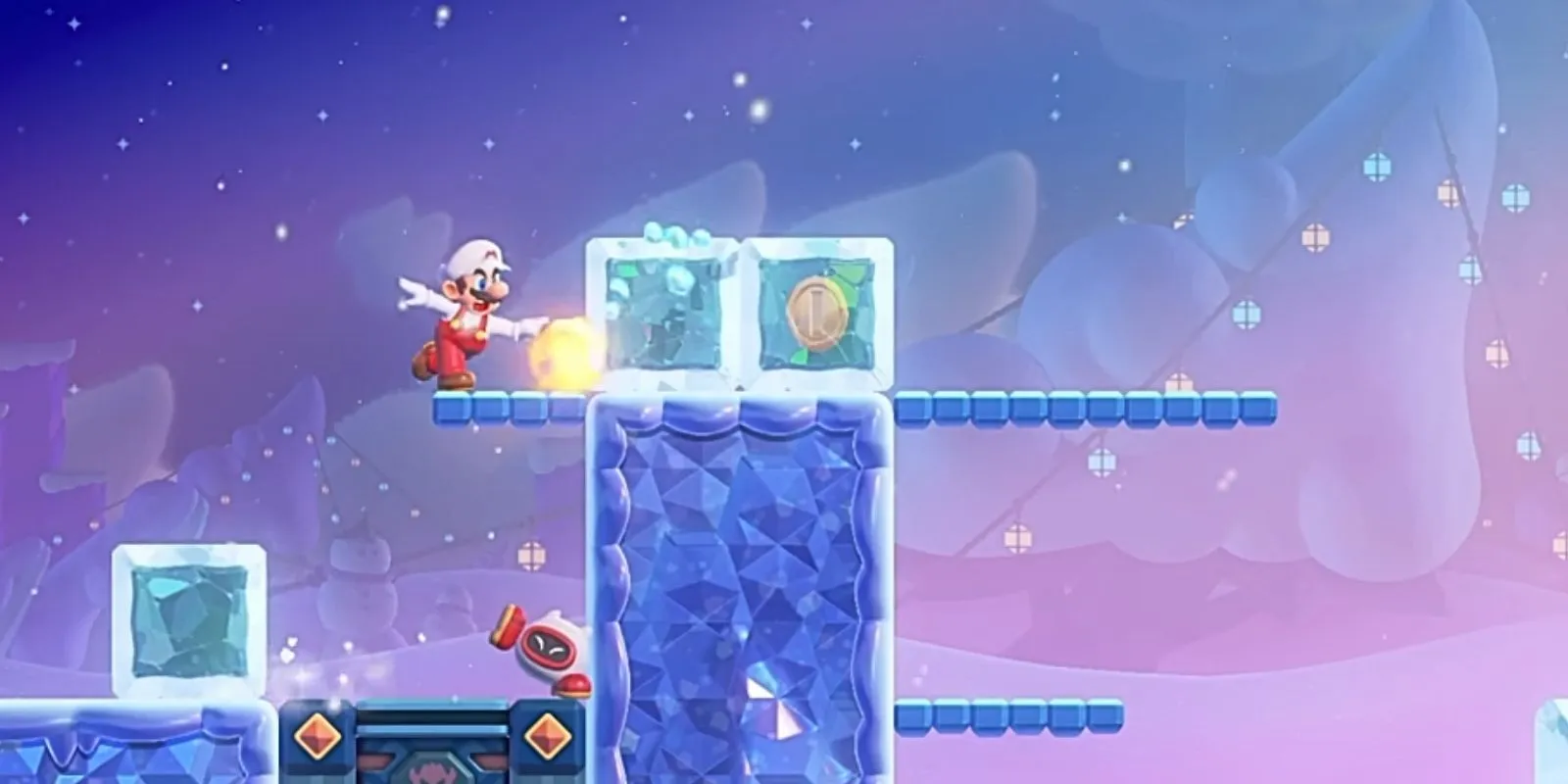
The year 2025 promises to be significant for the Mario franchise, especially with the anticipated launch of the Switch 2, which is likely to include a new Mario game. However, a substantial shift in game design seems necessary. Since the release of Super Mario Sunshine, Nintendo has aimed to simplify the Mario experience, making it accessible for players of all ages, including the most casual gamers.
In a notable interview from 2002, Shigeru Miyamoto expressed his regret over Super Mario Sunshine‘s difficulty level, stating that the game was too challenging for the average player. His vision was to ensure that everyone, from grandparents to children, could enjoy a Mario title without facing barriers. He observed:
And this doesn’t apply to Mario only—I think it’s a situation that video games in general are facing. Mario is supposed to be an easy-to-understand game. Even if it’s confusing at first, after playing for a day, you should be able to understand what today’s games are all about.
It’s evident that since that interview, the Mario series has shifted towards a less challenging format. Most recent titles often feature simplified gameplay mechanics that can be navigated with relative ease. Today, the primary challenge in a Mario game comes from players themselves, particularly through user-generated content seen in Mario Maker.
The Balance Between Challenge and Accessibility
Incorporating Optional Challenges
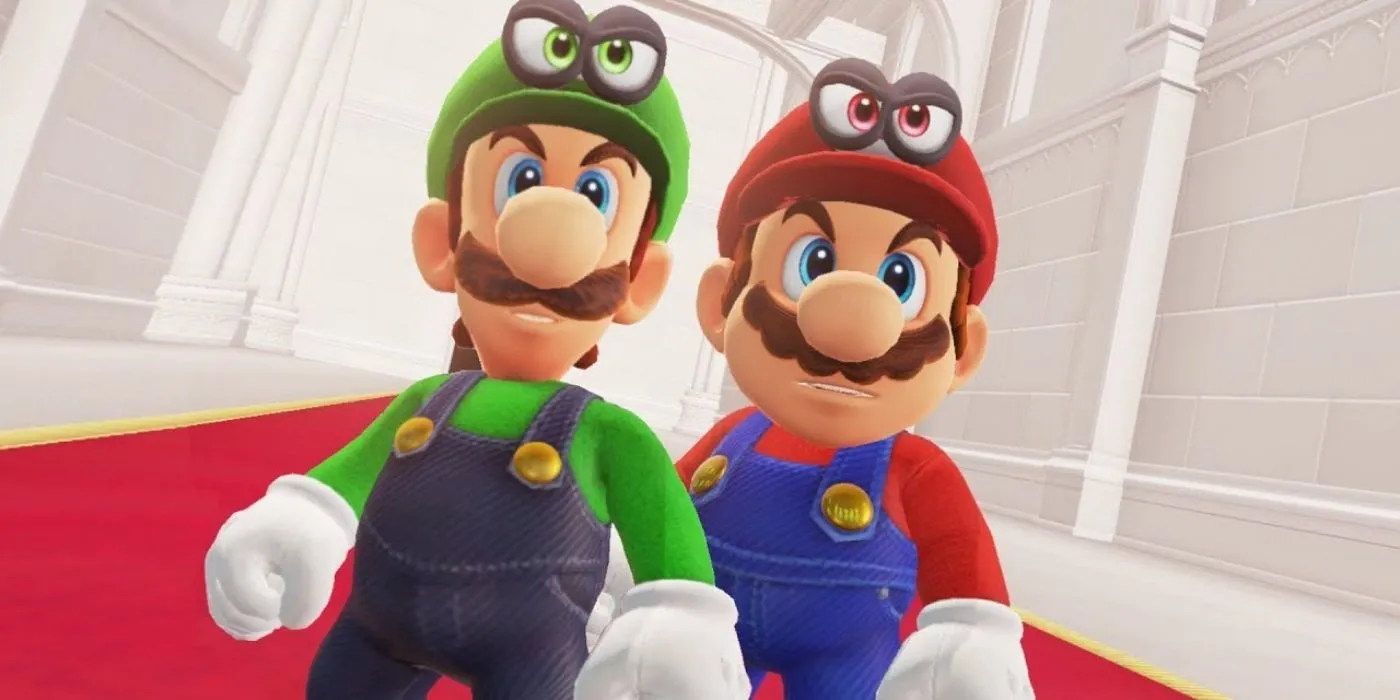
To thrive moving forward, Nintendo must reconsider its current design strategy and reintroduce substantial challenges in mainline Mario games. This change not only addresses a clear demand from the gaming community, but also prevents the series from becoming monotonous. Despite each entry offering something fresh in terms of missions and puzzles, the gameplay loop feels increasingly stagnant. The excessive streamlining has resulted in players employing a uniform approach to various challenges.
Fortunately, the franchise can revert to its pre-Sunshine challenge levels without compromising its family-friendly approach. The next Mario title could introduce additional, more challenging levels designed for those who find the standard experience too simplistic. Such a strategy was partially utilized in the acclaimed Super Mario Wonder, yet it has yet to be fully implemented in a 3D Mario game.
Just like Super Mario 64, the next installment could feature nearly impossible-to-obtain Stars that are not necessary for completing the game but serve as delightful post-game goals or aspirations for newer players. These challenging elements contributed significantly to the charm of classic 3D Mario titles. Incorporating them in future games could attract longtime fans who have drifted away, while also establishing a new standard for Mario games.
Challenging Games Appeal to All Ages
Children Welcome a Challenge
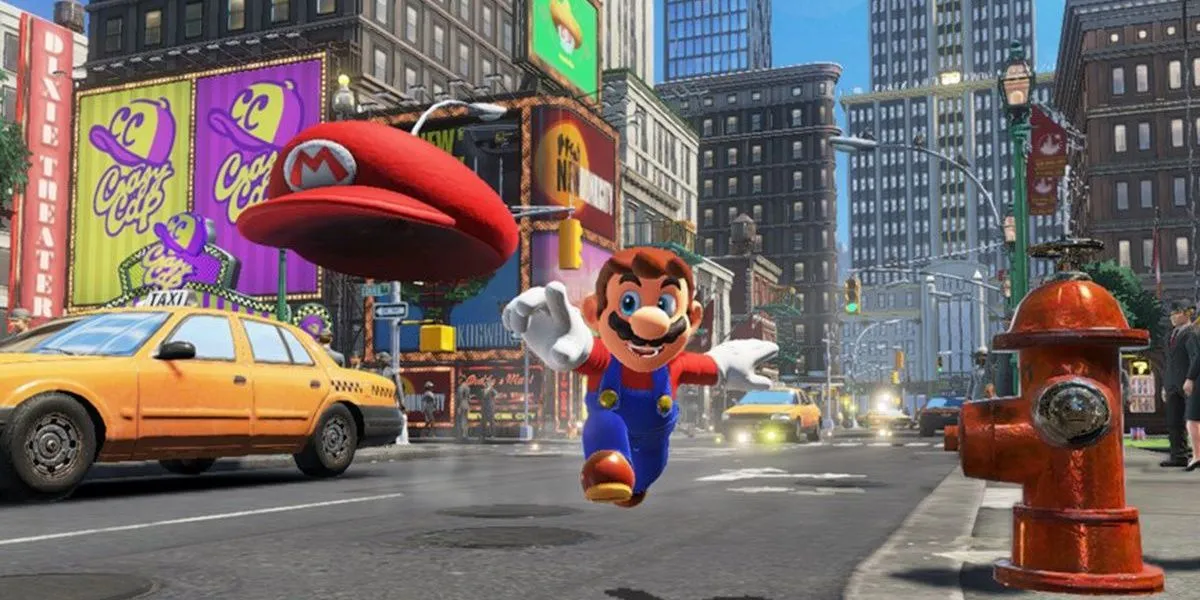
The landscape of gaming accessibility has vastly improved since Nintendo adopted a more inclusive design philosophy. Today, children and even older adults have more opportunities to engage with video games. Many youngsters are now playing more skill-intensive games such as Fortnite, which is a testament to their growing familiarity with complex game mechanics.
Although no one is suggesting that Mario should adopt the extreme difficulty of titles like Elden Ring: Shadow of the Erdtree, it is time for Nintendo to acknowledge that players, including children, have developed significant gaming skills over the years. And importantly, difficulty in modern video games is often a design feature rather than just a byproduct of poor game construction.
Despite this evolution in gaming culture, Nintendo has yet to update its design approach to meet contemporary standards, primarily aiming its games at an older generation of gamers. This is not indicative of a decline in quality—titles like Breath of the Wild and Super Mario Wonder are prime examples of Nintendo’s innovative prowess. However, the necessity for more deeply engaging experiences is apparent, as even franchises like Pokémon have begun to feel overly simplistic.
Today’s young players deserve a more challenging gaming experience, as their diverse exposure to games equips them with skills that previous generations lacked. By offering optional challenges in Mario titles, Nintendo can cater to its traditional audience while also appealing to modern gamers seeking more fulfilling experiences.
Source: shmuplations




Leave a Reply